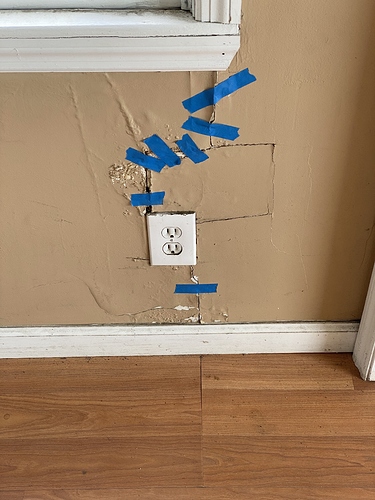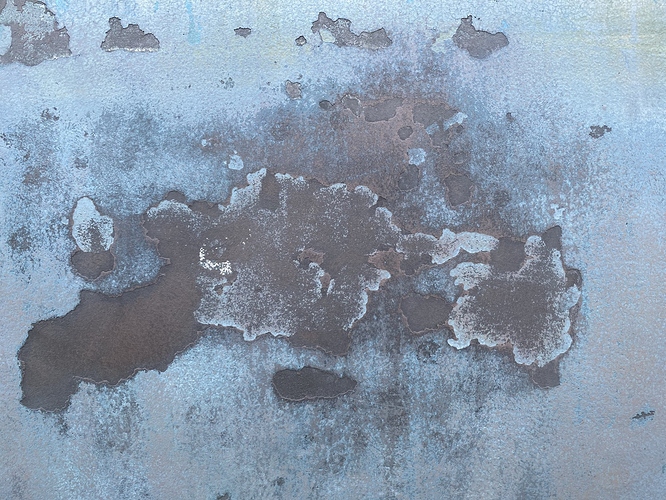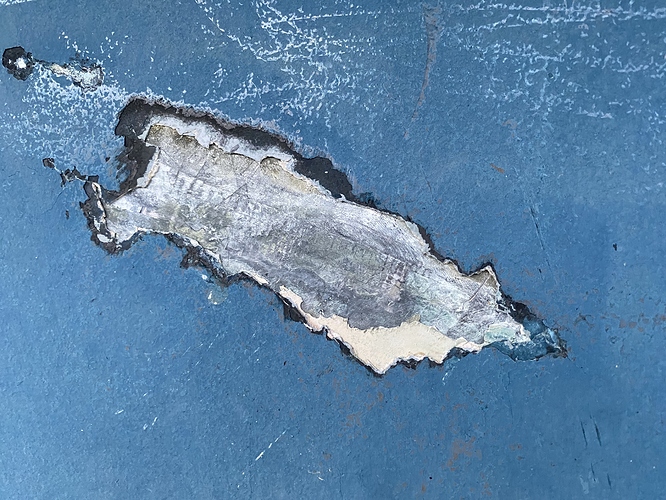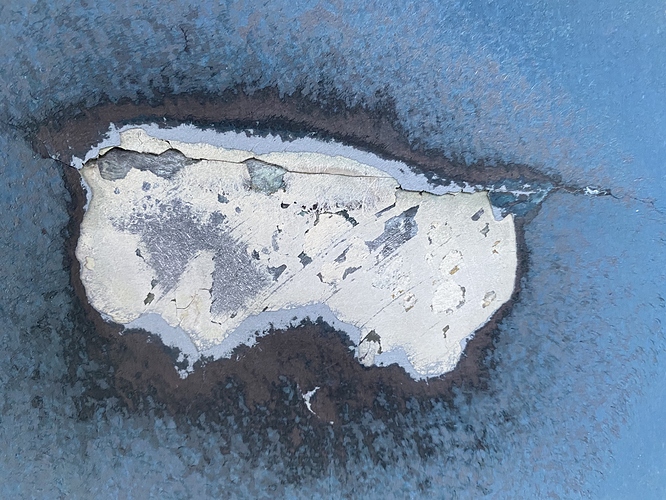Hey All,
Just looking for a bit of advice here. I’m at yard that “prohibits” bottom work because it’s based in national park but arrived very early this morning (5:30am) and realized that no one is here until about 9am.
I later talked to one of employees here and he told me that if you get here early before anyone arrives you can probably get away with doing it your self. Which is super tempting because otherwise I have to pay the yard to do it and based on the shit job they did with the shrink wrap, I’d rather not.
Given my relatively newness here, I’m having trouble getting a read on how badly I need it done and if I should sand off all the old paint and start again or just the spots where the paint is peeling. Keeping in mind I would be doing this mostly in the dark at just above freezing. I did a video walk around of the bottom to provide a better sense of the current state. Sorry it’s not very exciting.
I’ve got until April 1st until it needs to go back in the water. All advice welcome!
This may be ask for forgiveness not permission type situation…



 who did the shrink wrap that does the sanding and painting. I would be more inclined to have the yard do it if it wasn’t such a general shit show here.
who did the shrink wrap that does the sanding and painting. I would be more inclined to have the yard do it if it wasn’t such a general shit show here. 

 You guys are great!
You guys are great!







